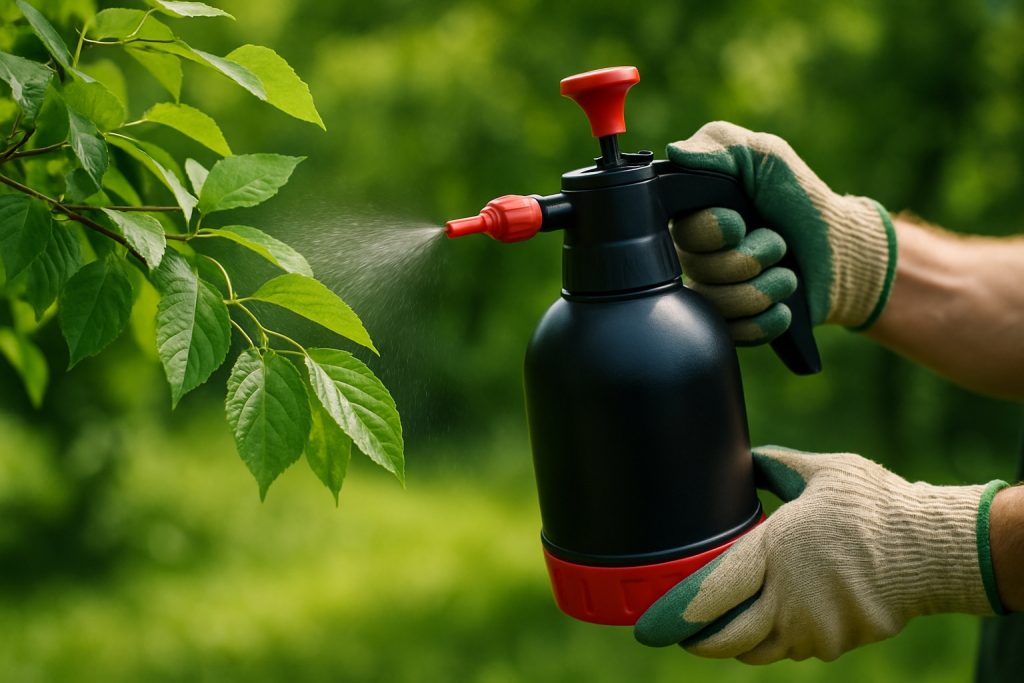Tree Disease Treatment in Marshallton, PA
When your trees begin to falter—drooping leaves, spreading cankers, or bark that peels without warning—it’s more than a seasonal quirk. It’s a distress signal. And if you live in Marshallton, where historic beauty meets wooded serenity, you know how essential healthy trees are to both curb appeal and ecological balance. Tree disease, if left unaddressed, can move swiftly—threatening not only your favorite oak or maple but also the surrounding vegetation, soil structure, and even property value. This is the moment to take action. Tailored, professional tree disease treatment can intervene early, reverse damage, and return strength to your landscape before the problem spreads deeper.
Tree Health in a Marshallton Microclimate
Tucked into the lush contours of Chester County, Marshallton is home to a diverse array of native and ornamental tree species, many of which are sensitive to the region’s specific environmental patterns. High humidity levels, clay-heavy soils, and shaded groves create an ideal breeding ground for fungal infections and bacterial pathogens. Trees such as dogwoods, tulip poplars, and red maples are particularly vulnerable to threats like verticillium wilt, anthracnose, and bacterial leaf scorch.
Each tree is part of a broader ecosystem, and what affects one can ripple outward. A diseased canopy doesn’t just compromise the tree itself—it can shift sun exposure, invite invasive insects, or introduce pathogens into your yard’s entire root network. Recognizing how these interconnected systems work is crucial for long-term health, and that’s why treatment plans in Marshallton must be designed with both science and local insight.
Signs Your Tree May Be in Trouble
Symptoms of tree disease often start subtly. You might notice a few discolored leaves at first or a branch that dies back for no clear reason. But these seemingly small issues can indicate larger internal failures. Keep a close eye out for:
-
Premature leaf drop
-
Leaf spotting or unusual mottling
-
Soft, spongy bark or peeling layers
-
Black or reddish sap oozing from the trunk
-
Branches dying off from the tips inward
-
Visible fungal growth near the base or on the trunk
The key is early detection. Trees have remarkable resilience, but only if intervention occurs before extensive decay or infection sets in. That’s why routine monitoring and quick responses are essential.
What a Professional Diagnosis Entails
Effective tree disease treatment doesn’t begin with chemicals or tools—it starts with precision diagnostics. ISA-certified arborists conduct a comprehensive inspection that may include soil sampling, moisture content evaluation, pest identification, and structural integrity analysis. In Marshallton, where soil tends to retain moisture and canopy cover is thick, these evaluations are especially important in determining the cause behind symptoms that could otherwise be misattributed.
This tailored evaluation ensures that the treatment is not only accurate but also sustainable. Spraying indiscriminately or pruning without understanding the pathology can exacerbate the problem. A truly informed treatment plan addresses the disease, supports the tree’s immune system, and factors in the long-term health of surrounding vegetation.
Treatments Grounded in Science and Stewardship
Every treatment plan should be as unique as the tree it’s meant to heal. Depending on the diagnosis, interventions may include systemic fungicides, bacterial suppressants, trunk injections, biological control agents, or nutrient rebalancing. In many cases, improving soil aeration or adjusting irrigation patterns plays just as big a role in recovery as any medicinal application.
Given Marshallton’s emphasis on preservation and green stewardship, treatment protocols are crafted to minimize environmental disruption. Integrated Pest Management (IPM) techniques and eco-friendly products are prioritized, ensuring your trees recover without placing pollinators, pets, or groundwater at risk.
Post-Treatment Care and Long-Term Monitoring
After the immediate threat has been addressed, the job isn’t over. Trees need ongoing support to rebuild strength and resist future outbreaks. Follow-up inspections help track progress and adjust treatments if needed. Property owners are encouraged to:
-
Schedule seasonal tree health assessments
-
Maintain proper mulching and watering routines
-
Avoid soil compaction around root zones
-
Prune with care and only at seasonally appropriate times
Trees that have overcome disease often develop new vulnerabilities during their recovery phase. A plan that includes post-treatment monitoring is the best way to ensure they regain full vitality.
Preserve What Makes Marshallton Breathtaking
Marshallton’s treescapes are part of what make the area so enduringly special. Whether your property is lined with mature sycamores or tucked behind younger ornamentals, tree health contributes to neighborhood value, ecosystem stability, and personal enjoyment. Ignoring early signs of disease can result in irreversible loss—not just of beauty, but of history, shade, and wildlife habitat.
Don’t wait for subtle symptoms to become glaring damage. Reinvigorate your trees with the help of certified professionals who understand both the science of arbor care and the uniqueness of Marshallton’s natural terrain. Call today to speak directly with an expert or complete our quick online form to reserve a personalized consultation. Let’s restore your trees—and your peace of mind—before another season slips by.


